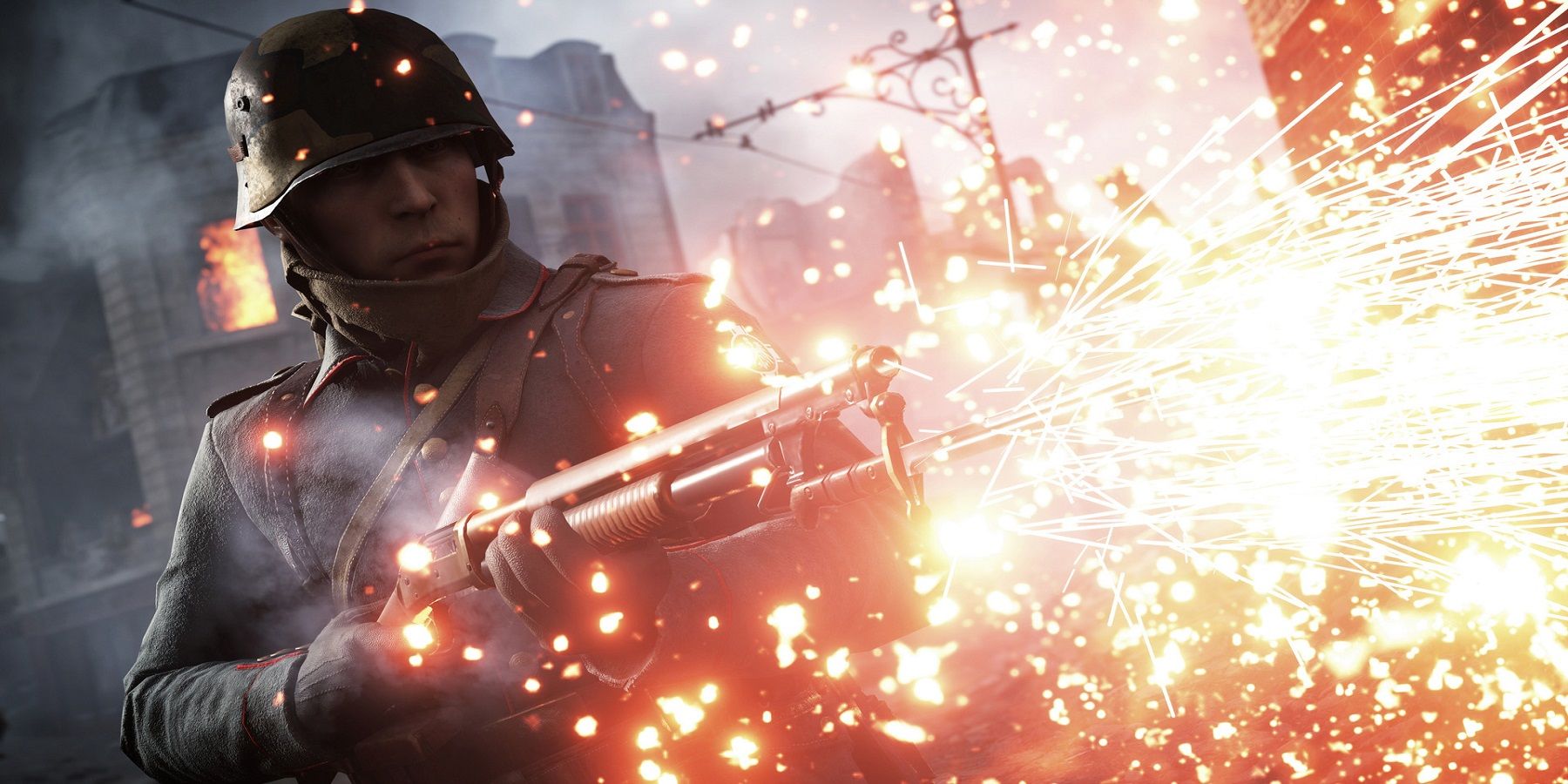Bully Tee Blog
Your go-to source for everything related to bullies and tee culture.
Trench Warfare and Tea: The Surprising History Behind Battlefield 1
Discover the unexpected links between trench warfare, tea, and the captivating history behind Battlefield 1 that you never knew!
Exploring the Role of Trench Warfare in Battlefield 1: A Historical Perspective
Exploring the Role of Trench Warfare in Battlefield 1 offers a unique lens through which to examine the defining characteristics of World War I. Trench warfare became synonymous with the conflict, epitomizing the harsh realities soldiers faced daily. In the game, players can experience the immersive environment of these extensive trench systems, which were not only tactical positions but also brutal living quarters. The depiction of trenches mirrors historical accounts of life on the front lines, where soldiers battled not only the enemy but also the elements and psychological strain of being confined in narrow, mud-filled corridors.
The strategic importance of trench warfare in Battlefield 1 cannot be overstated. Players engage in fierce battles characterized by the need for strategic planning and teamwork, echoing the actual military tactics employed during the war. The game effectively represents the stalemates that often accompanied trench combat, where advances were measured in yards rather than miles. As players navigate through the game's vertical narratives, they gain insight into the relentless struggle for territory and the resilience of those who fought. Understanding this context enriches the gaming experience and highlights the significant role that trench warfare played in shaping modern warfare.

How Tea Became the Unsung Hero of Soldiers in World War I
During World War I, soldiers faced unimaginable challenges on the battlefield, both physically and mentally. Amidst the chaos of war, one unexpected ally emerged: tea. This humble beverage not only provided soldiers with warmth in the trenches but also served as a source of comfort and respite. Soldiers would often brew a pot of tea using portable kettles, turning the act of making tea into a ritual that fostered camaraderie. This daily ritual helped to strengthen bonds among soldiers, creating a sense of normalcy and community amidst the turmoil of warfare.
Moreover, the psychological benefits of tea shouldn't be overlooked. In a time marked by fear and uncertainty, the simple pleasure of sipping a hot cup of tea offered solace to many soldiers. Medical studies conducted during and after the war revealed that warm beverages like tea helped to reduce stress and anxiety levels among troops. Its caffeine content provided a much-needed energy boost, aiding soldiers in maintaining their focus during long hours on the front lines. Indeed, tea emerged as an unsung hero—providing not merely refreshment but critical emotional support during one of history's most brutal conflicts.
What Were the Living Conditions Like in the Trenches During World War I?
The living conditions in the trenches during World War I were harsh and difficult, reflecting the brutal realities of war. Soldiers often found themselves cramped in narrow, muddy trenches that were barely a meter deep. The constant threat of enemy fire combined with the elements meant that many soldiers lived in a relentless state of discomfort. Rainwater would often flood the trenches, creating pools of stagnant water mixed with unsanitary waste. Not only did this compromise hygiene, but it also led to diseases such as dysentery and trench foot, which further diminished the soldiers' health.
Furthermore, the psychological strain of trench warfare was immense. Soldiers faced the constant sounds of artillery, the sight of fallen comrades, and the fear of gas attacks or surprise offensives. These factors contributed to the phenomenon known as 'shell shock', now recognized as a form of PTSD. Although there were attempts to improve conditions with makeshift shelters and relief supplies, the reality of life in the trenches was often one of suffering and endurance, exemplifying the tremendous toll of world conflict on human life.